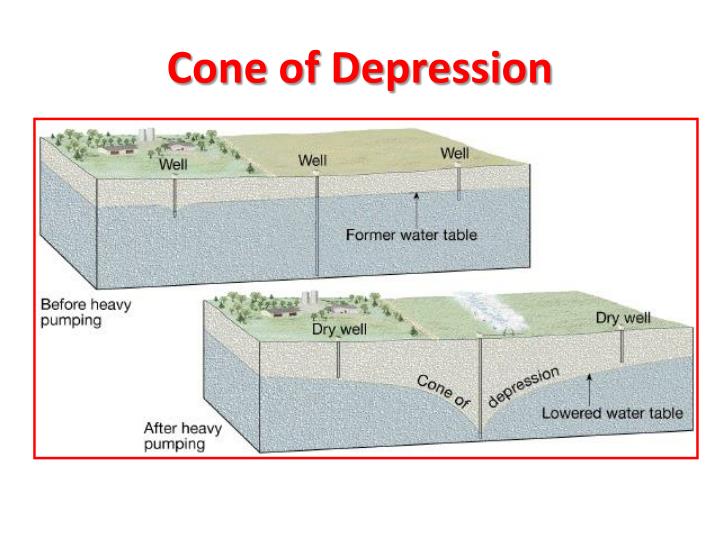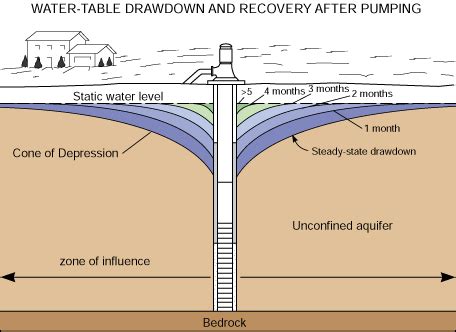|
Steady-State Flow - Thiem equation and equilibrium conditions 
|
Transient Flow - Theis solution and time-dependent drawdown  |
Well hydraulics is the scientific study of how water moves toward and into wells. This essential field combines principles of fluid dynamics, geology, and engineering to understand drawdown patterns, pumping effects, and sustainable extraction rates. Well hydraulics provides the theoretical foundation for efficient water well design and groundwater management.
|
|
Steady-State Flow - Thiem equation and equilibrium conditions 
|
Transient Flow - Theis solution and time-dependent drawdown  |
Wells can affect each other at surprising distances!
The cone of depression from a pumping well can extend hundreds or even thousands of meters in highly transmissive aquifers. In Morocco's coastal aquifers, well interference has been documented at distances exceeding 500 meters in limestone formations.